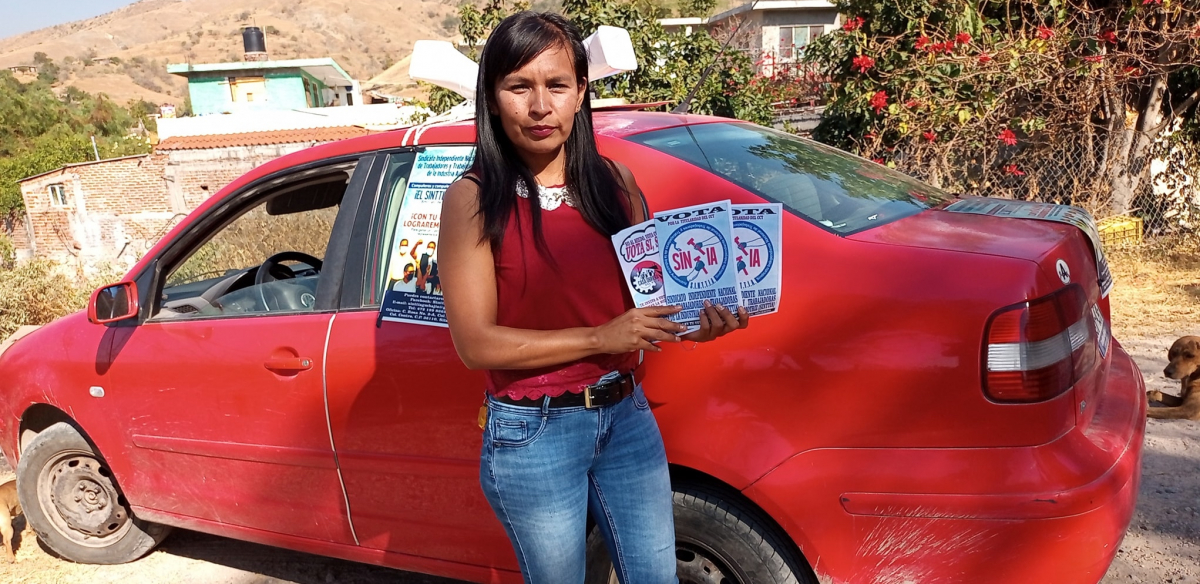
Mexico’s reenergized labor movement should be leery of AFL-CIO cooptation and CIA infiltration following long historical pattern
In early February, workers at a General Motors plant in Silao, a town in central Mexico, won an important victory by establishing an independent union. Rob McKenzie’s (assisted by Patrick Dunne) new book, El Golpe: U.S. Labor, the CIA, and the Coup at Ford in Mexico, reminds us of the great historical barriers that workers have faced in forming independent unions in Mexico.
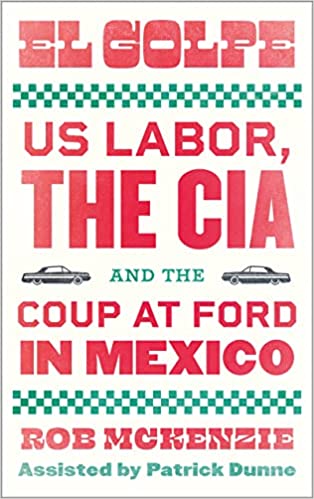
McKenzie details the collaboration between the AFL-CIO’s regional organization, AIFLD (American Institute for Free Labor Development), the CIA (Central Intelligence Agency), the U.S. State Department, the Mexican government, leaders of the CTM (Mexican labor movement) and Ford Motor Company management against a democratic, rank-and-file, shop floor-based organization of auto workers at Ford’s Cuautitlán Assembly Plant near Mexico City in 1990-91.
While the conflict at Cuautitlán is the heart of the book, McKenzie places it in the broader struggle against the AFL-CIO’s foreign policy, a policy this writer—but not McKenzie—has long described as “labor imperialism.” McKenzie begins by discussing the AFL-CIO’s work in British Guiana in the early 1960s, as well as its role in overthrowing democratically elected governments in Brazil (1964) and Chile (1973), and their efforts to maintain the established, military-dominated social order in El Salvador in the 1980s.
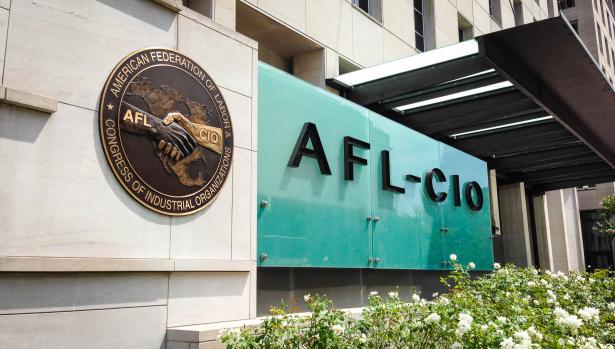
These precedents are important, in that they add to the previously established knowledge about these cases, and they show that AIFLD’s work in Mexico was not an aberration but “business as usual.”
When he focuses his attention to Mexico, McKenzie does so from a particular view, that of an American autoworker, an electrician and a UAW (United Auto Workers) union member, and as a former elected president of UAW Local 879 at the St. Paul (Minnesota) Ford Assembly Plant.
Additionally, this UAW local had established ties with the Ford workers at Cuautitlán prior to the assault, the “coup,” on these auto workers.
Thus, McKenzie brings a range of experiences and understandings to the situation that one does not usually find in books written by academics. In fact, it was because of his experiences as an autoworker, and particularly one from this plant, that drove his determination to try to find out what happened in Cuautitlán in January 1990.
To do this, McKenzie starts with a discussion of the situation during the late 1980s in Mexico and the shift of the auto industry out of the upper U.S. Midwest and into Mexico and Latin America. It is all about the search for cheap, compliant labor; inefficient or corrupt unions; unlimited management control; and the resulting higher profits.
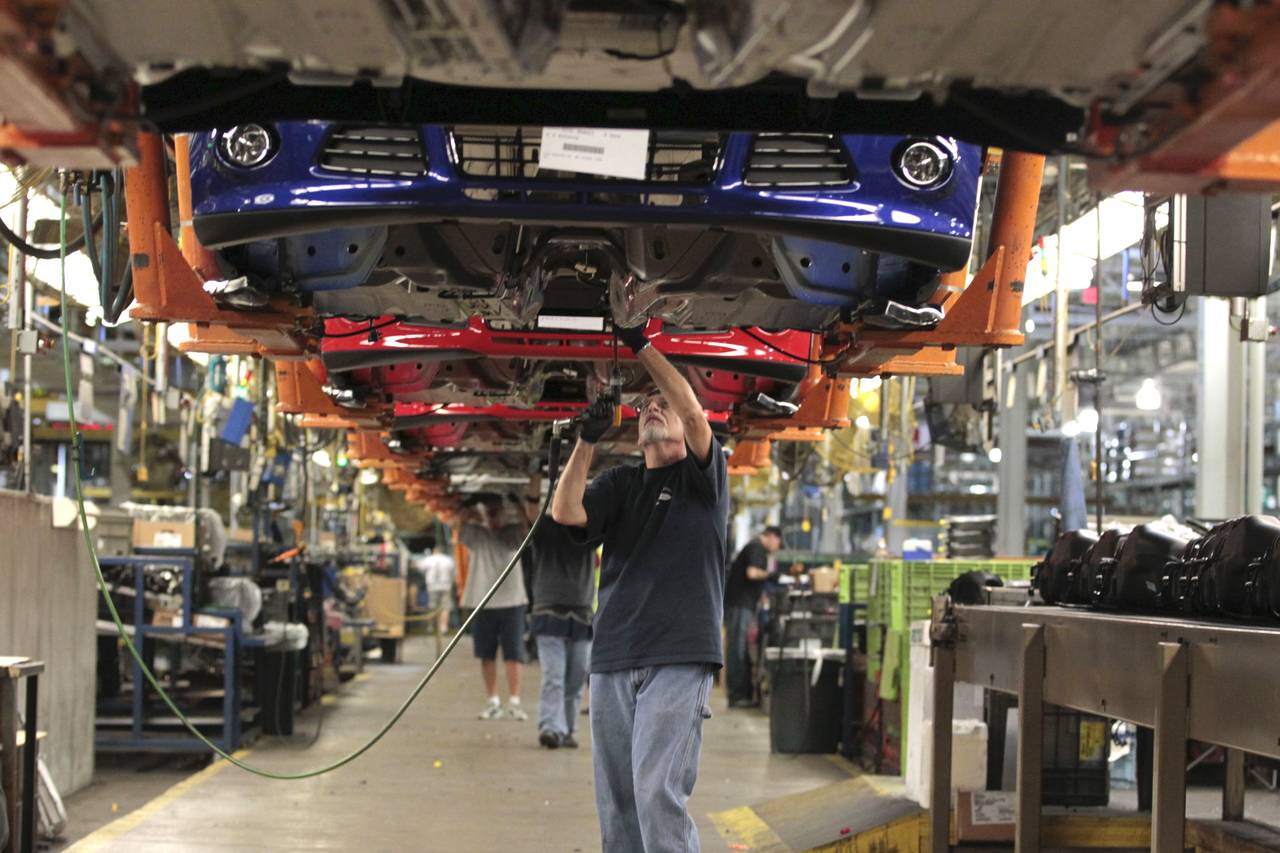
He also looks at the emerging development policies of the Mexican government, and ties this in with the then-forthcoming NAFTA, the North American Free Trade Agreement—initiated under U.S. President George H.W. Bush and then signed by Bill Clinton—that would tie Mexico into tighter alliance with the U.S. and Canada.
Basically, Mexico was offering its “cheaper labor” in exchange for capital investment by U.S. and Canadian multinational corporations. The plan was to get them to invest in Mexico and tax their production, which would enable Mexico to then further develop its economy.
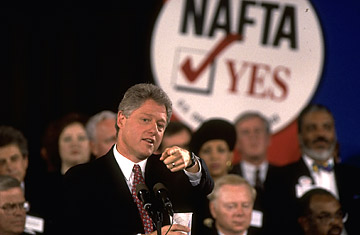
Ford, along with GM and Chrysler, as well as Japanese and Korean auto companies, decided to take advantage of Mexico’s cheap labor, compliant unions, agreeable government, and proximity to the U.S.
The “problem” was that Mexican autoworkers at Cuautitlán refused to accept the “proposition” chosen for them. They organized, rid themselves of the corrupt union leadership, and decided to fight to improve their workplace while raising their wages and accompanying standard of living.
It was this project—standing up for themselves and other Mexican workers—that had to be sabotaged. Working with the corrupt leadership of the CTM (Confederation of Mexican Workers) which was incorporated within the Mexican state by the then-dominant PRI (Institutional Revolutionary Party), and supported by the CIA, the U.S. State Department and with at least the acquiescence of some of the Ford Cuautitlán management, someone sought to break the insurgent union organization.
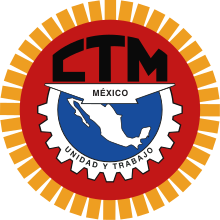
Approximately 300 gangsters were recruited, armed, hopped up on drugs, and led into the plant, where eight insurgent workers were shot, and one was assassinated at point-blank range, as workers battled the gangsters.
McKenzie, aided by some interviews conducted by a Mexican graduate student on his behalf with former Cuautitlán workers, vividly details events at and inside the plant. He also reports that other workers inside the plant fought the gangsters, forced them out, and then 2,000 workers began a plant occupation that lasted for another 15 days.
Making this account the more powerful, as suggested above, McKenzie does not limit his focus to this particular auto plant. Noting that almost no one was prosecuted or penalized in any way, he begins trying to understand how that could happen: Who could have organized and armed 300 men, plus gotten them Ford ID badges, which enabled them to enter the plant unchallenged?
And who could almost certainly ensure that the criminals would not be prosecuted? In whose interests would something like this advance? And then, who would possibly assassinate the leader of the armed men within a year?
Encouraged by friends and colleagues in the UAW, McKenzie kept trying to answer these questions. He tied AIFLD into the CIA, and shows how they worked together, something long known, especially in Latin America, but with considerably more detail provided here than previously established.
He received help from the staff of U.S. Senator Tammy Baldwin (D-WI), who freed some documents from the U.S. State Department, which had been trying to cover up the coup and had refused McKenzie’s previous “Freedom of Information Act” requests.

He badgered Ford for information but, to date, the company has refused to comment on the assault and how the gangsters got Ford ID cards, Ford jackets, and entry into the plant. He sought information from the UAW itself, as well as the AFL-CIO, but no one would respond. The CIA refused to respond to his requests.
McKenzie then leads the reader on an effort to solve the “who done it?” detailing the ups and downs he went through to get to the bottom of this crime. This includes being stonewalled by the AFL-CIO, the UAW, archivists of the Walter Reuther Papers at Wayne State University in Detroit, and at the CIA.
Ultimately, and despite others’ efforts, archivists at the George Meany Memorial AFL-CIO Archives at the University of Maryland at College Park were able to help him. He got additional help from Senator Baldwin’s office. It is clear that “someone” did not want him to find answers to his questions; his perseverance overcame their efforts.
In his conclusion, McKenzie writes,
“In the world of study into CIA covert operations, researchers can never completely prove Agency involvement in matters. Some speculation is required to reach a logical conclusion about events.” (195)
After working through the material he found and/or gained access to in a logical and systematic manner, he concluded, “The process of elimination leaves the CIA as an institution with the motive and the capability of sponsoring the attack” (200).
I think it is a very well-founded conclusion; Columbo would be proud.
McKenzie considers the impact of labor leaders working with the CIA through AIFLD:
“Organized labor was launched on a path of decline during the Cold War, resulting in it becoming a marginalized societal force in the twenty-first century. The full part that the AFL-CIO’s collaboration with the CIA contributed to this deterioration, and the responsibility that the Agency’s infiltration and manipulation of labor played in its demise, is still undetermined. It has been over 30 years since the Cold War ended, and the AFL-CIO has still never publicly addressed the issue of its collaboration with the CIA during that period. It is difficult to imagine a new labor movement emerging without coming to terms with this past.” (202)

After reading this book, I believe most readers will come to a conclusion similar to McKenzie’s.
The question remaining—which is largely beyond the scope of this book, but definitely still on the table—is what to do about the AFL-CIO’s foreign policy today?
Working through the misleadingly named National Endowment for Democracy (NED), the AFL-CIO’s Solidarity Center still operates around the world, behind the backs of U.S. union members and even most of their leaders, funded overwhelmingly by the U.S. government (under both political parties), and without any honest reporting of their operations to affiliated unions and their members.
While not as bad as AIFLD and its earlier contemporaries in Africa and Asia, it still is a dagger at the throat of social justice and popular democracy efforts around the world: When will we union members stop it?

CovertAction Magazine is made possible by subscriptions, orders and donations from readers like you.
Blow the Whistle on U.S. Imperialism
Click the whistle and donate
When you donate to CovertAction Magazine, you are supporting investigative journalism. Your contributions go directly to supporting the development, production, editing, and dissemination of the Magazine.
CovertAction Magazine does not receive corporate or government sponsorship. Yet, we hold a steadfast commitment to providing compensation for writers, editorial and technical support. Your support helps facilitate this compensation as well as increase the caliber of this work.
Please make a donation by clicking on the donate logo above and enter the amount and your credit or debit card information.
CovertAction Institute, Inc. (CAI) is a 501(c)(3) non-profit organization and your gift is tax-deductible for federal income purposes. CAI’s tax-exempt ID number is 87-2461683.
We sincerely thank you for your support.
Disclaimer: The contents of this article are the sole responsibility of the author(s). CovertAction Institute, Inc. (CAI), including its Board of Directors (BD), Editorial Board (EB), Advisory Board (AB), staff, volunteers and its projects (including CovertAction Magazine) are not responsible for any inaccurate or incorrect statement in this article. This article also does not necessarily represent the views the BD, the EB, the AB, staff, volunteers, or any members of its projects.
Differing viewpoints: CAM publishes articles with differing viewpoints in an effort to nurture vibrant debate and thoughtful critical analysis. Feel free to comment on the articles in the comment section and/or send your letters to the Editors, which we will publish in the Letters column.
Copyrighted Material: This web site may contain copyrighted material the use of which has not always been specifically authorized by the copyright owner. As a not-for-profit charitable organization incorporated in the State of New York, we are making such material available in an effort to advance the understanding of humanity’s problems and hopefully to help find solutions for those problems. We believe this constitutes a ‘fair use’ of any such copyrighted material as provided for in section 107 of the US Copyright Law. You can read more about ‘fair use’ and US Copyright Law at the Legal Information Institute of Cornell Law School.
Republishing: CovertAction Magazine (CAM) grants permission to cross-post CAM articles on not-for-profit community internet sites as long as the source is acknowledged together with a hyperlink to the original CovertAction Magazine article. Also, kindly let us know at info@CovertActionMagazine.com. For publication of CAM articles in print or other forms including commercial internet sites, contact: info@CovertActionMagazine.com.
By using this site, you agree to these terms above.
About the Author

Kim Scipes, Ph.D., is Professor Emeritus of Sociology at Purdue University Northwest in Westville, Indiana.
He is the author of the 2010 book, AFL-CIO’s Secret War against Developing Country Workers: Solidarity or Sabotage?, and of the 2020 article, “The AFL-CIO’s Foreign Policy Program: Where Historians Now Stand,” available on-line for free from the peer-reviewed journal Class, Race and Corporate Power (Political Science Department of Florida International University in Miami): https://digitalcommons.fiu.edu/classracecorporatepower/vol8/iss2/5.
He is also a member of the National Writers’ Union, AFL-CIO. Details on McKenzie’s book: London: Pluto Press, 2022 ISBN: 978 0 7453 4562 8 (paper).
Kim can be reached at kimscipes@earthlink.net.

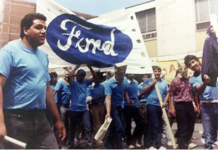

[…] Matt Witt, former editor of the United Mine Workers Union Journal. We also invite you to read a review of El Golpe, written by veteran transnational labor solidarity activist and friend of ESFL, Kim Scipes. […]
[…] As Workers Win Victories in Mexico, It’s Important to Remember Past Machinations Against Them, by … […]